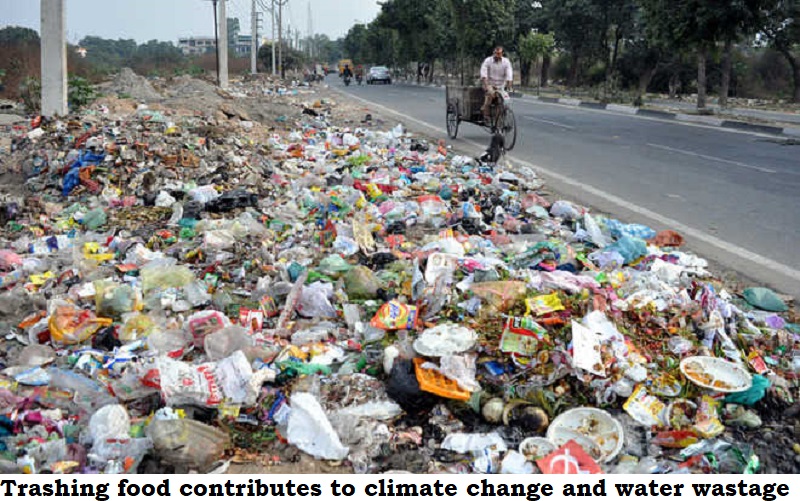
Did you throw out that roti, sabzi, or daal because you were worried about overeating, felt full, or didn’t like the flavour? Did you realise that by throwing food out, you’re also wasting water and causing climate change?
Approximately 1.3 billion tonnes of food worth $1 trillion is lost or wasted each year. According to a World Food Programme (WEP) estimate, almost a third of all food produced each year is wasted or lost before it can be eaten.
And consider: After the US and China, wasted food would be the third-largest carbon dioxide producer in the world.
And between 8% and 10% of the world’s carbon emissions are a result of all this unconsumed produce. According to statistics, 3.3 billion tonnes of greenhouse gases (GHGs) equivalent to carbon dioxide are released into the environment each year as a result of food waste.
When it comes to water waste, uneaten food accounts for 25% of our water usage, or $172 billion, in lost water annually.
According to the UN Environment Programme’s (UNEP) Food Waste Index Report 2021, roughly 17% of the world’s food production is lost or wasted. Approximately 61% of this waste is generated by households, 26% by food service, and 13% by retail.
It’s irresponsible to waste food because it adds to the garbage burden and puts additional strain on the waste management system. The garbage ends up in landfills. It occasionally also flows directly into bodies of water.
It is well knowledge that consumer food is lost during manufacture, storage, and shipping. However, there has been a rapid rise in household food waste recently. All of this amounts to a waste of the energy, water, and land needed to produce food.

Post Your Comments